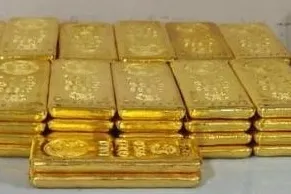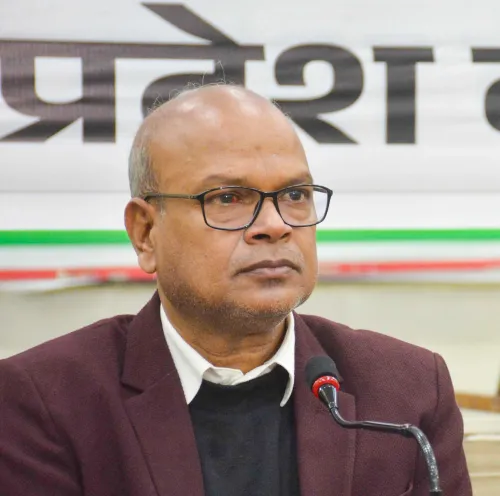Is 15% of the $23 Trillion Global Gold Market Held in India?

Synopsis
Key Takeaways
- 15 percent of the global gold market is in India.
- Central banks have increased gold purchases significantly.
- Gold is seen as a safe-haven asset amid economic uncertainties.
- India's Reserve Bank holds 880 metric tonnes of gold.
- Alternatives to the US dollar are becoming scarce.
New Delhi, July 7 (NationPress) According to a report released on Monday, while the global forex reserves stand at approximately $12.5 trillion, the value of the gold market is currently at $23 trillion, with 15 percent of this total held in India.
Out of all the gold that has ever been mined, 65 percent is in the form of jewelry. A mere 5 percent shift of global reserves into gold could potentially spark a significant and sustained increase in its price, as highlighted in the DSP Mutual Fund's July 2025 Netra report.
Central bank gold reserves are on the rise, with more safe-haven assets purchased over the last four years than in the previous 21 years combined.
From 2000 to 2016, central banks accumulated gold worth $85 billion, but in the single year of 2024, they purchased gold valued at $84 billion.
Since 2022, central banks have acquired nearly 1,000 tonnes of gold each year, which represents over a quarter of the annual gold mining supply, according to the report.
This surge in gold purchases indicates a strong preference among countries for non-dollar reserve assets. The fluctuating nature of US Treasury Bonds has made gold an even more appealing option for central banks. Consequently, demand for gold remains robust, as noted in the report.
In India, the Reserve Bank of India's gold holdings currently amount to 880 metric tonnes, as per the latest data. It has refrained from increasing its gold reserves in FY26 so far, possibly waiting for a dip in the prices of safe-haven assets, which have risen by over 80 percent in five years amid geopolitical and trade tensions.
Gold has reached a new all-time high when adjusted for inflation and is firmly within a bull market. This trend is attributed to the scarcity of alternatives to the US dollar.
The report points out that the Euro has repeatedly displayed weaknesses due to the challenging fiscal structure of the Economic and Monetary Union (EMU). Meanwhile, the Chinese yuan lacks the market-driven characteristics or political acceptability to become a reserve currency, and most other contenders are simply too small to attract reserve asset investments.
Additionally, the report states that strong operating cash flows have led to increased operating cash flow (OCF) margins in India, which is a positive sign for both capital allocation and corporate governance.










